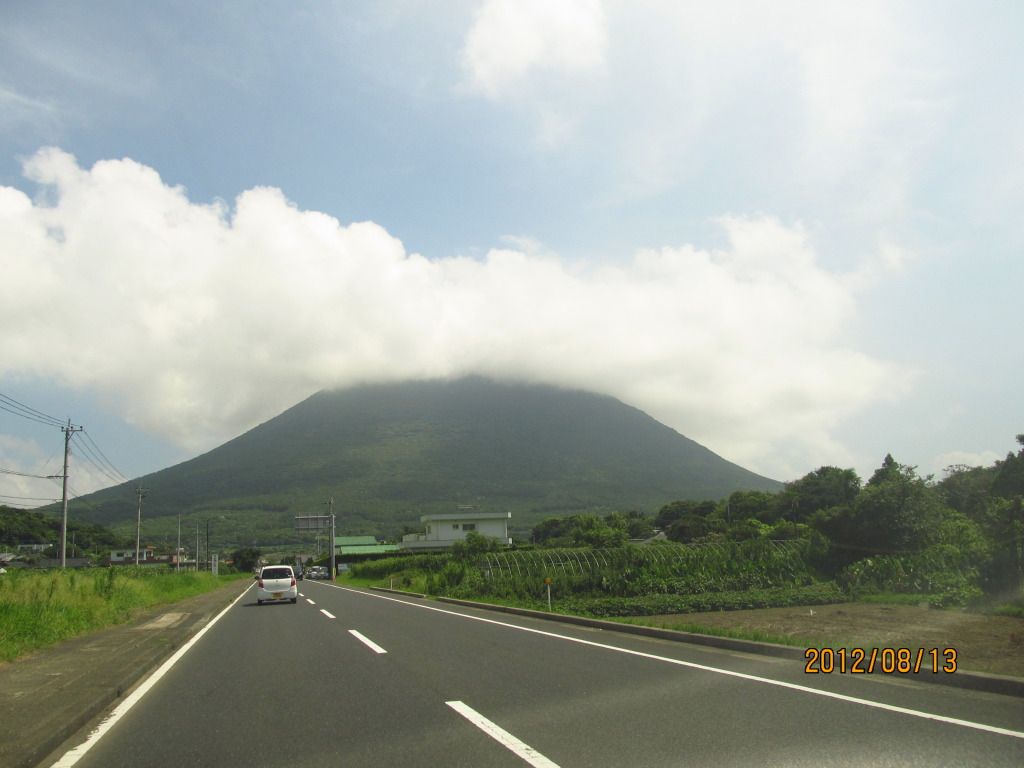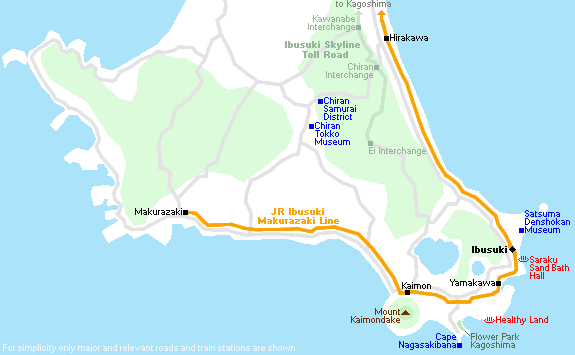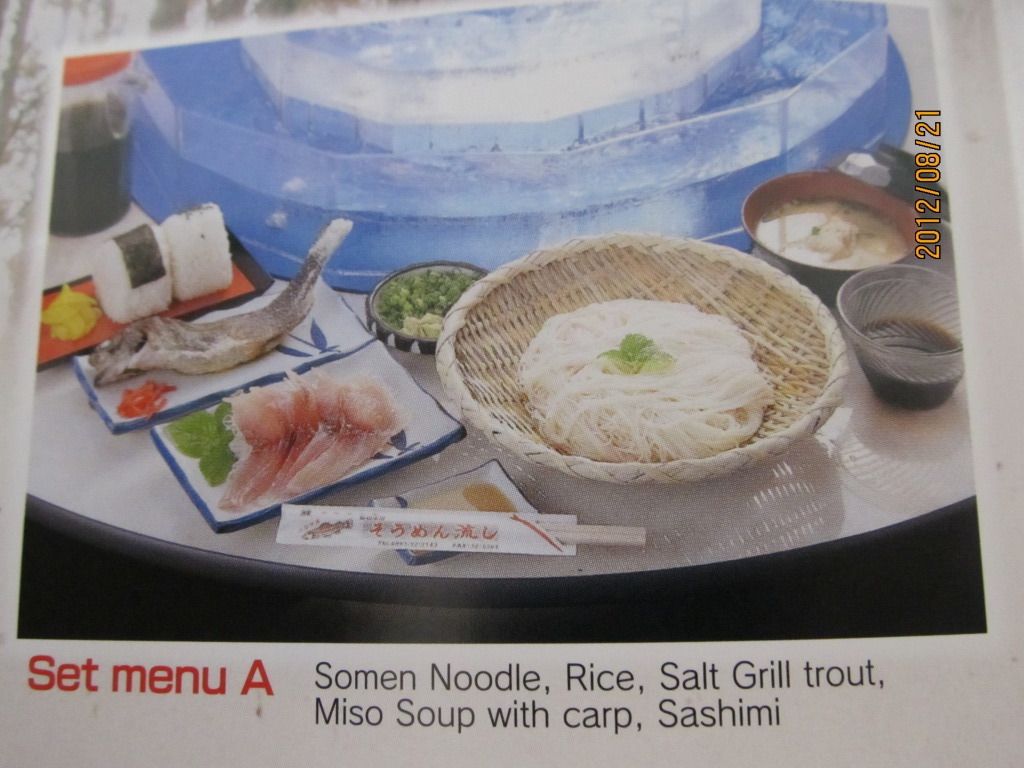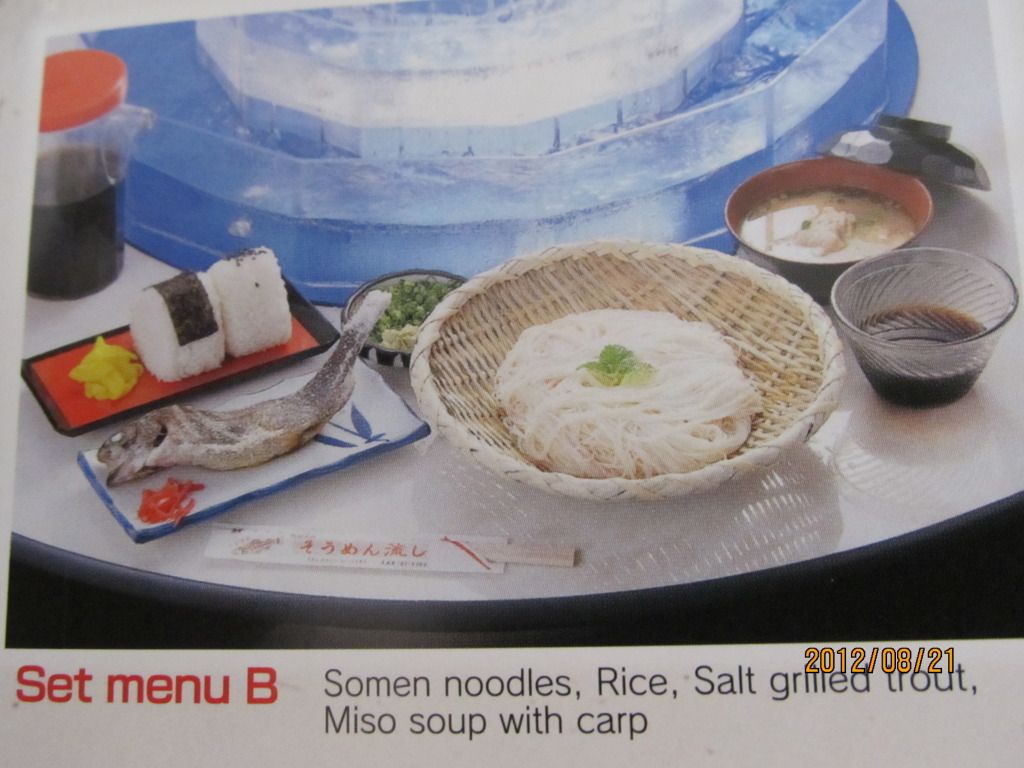They were almost the same age - two young Japanese pilots who had joined the elite Tokkotai Special Attack Squadron.
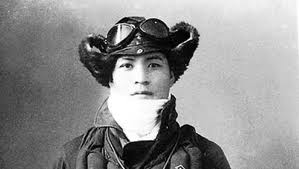 |
| Hamazono: flight to oblivion |
Now they werekamikaze volunteers who were to sacrifice their lives in order to sink as many American warships as possible.
It was spring, 1945: Shigeyoshi Hamazono and Kiyoshi Ogawa were about to embark on what was supposed to be their final mission - a devastating attack on US warships based in the waters around Okinawa.
Operation Kikusui was to consist of seven consecutive kamikaze attacks involving more than 1,500 planes.
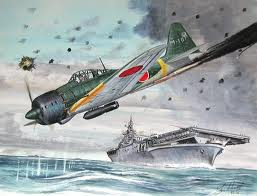 |
| Kamikaze attack: no escape |
But the mission did not go entirely as planned, with the result that one kamikaze pilot -Shigeyoshi Hamazono - was unexpectedly to survive the mission.
There was to be a very different outcome for Kiyoshi Ogawa, Hamazono’s comrade-in-arms. His mission was to have a most devastating finale.
 |
| Kamikaze volunteer pilots: ready to die |
Hamazono had volunteered to serve in the Japanese military after the bombing of Pearl Harbour in December 1941. His mother was appalled: ‘She wrote me a letter with the only words she could manage: ‘Don’t be defeated’ and ‘Don’t die.’
This injunction seemed a forlorn one; in 1945, Hamazono was selected to take part in Operation Kikusui.
He had already survived one suicide mission: his plane had developed technical failure and he was forced to return to base.
Now, in April, he was despatched on what was supposed to be his final mission. He climbed into his Mitsubishi Zero fighter, knowing that he would never see his family again.
 |
| Kamikaze: seconds before impact |
As he headed towards the US fleet at Okinawa, he flew over his home town and dropped ahachimaki headband with the words ‘Hope you are well, goodbye’.
Service in the Special Attack Squadrons was supposed to be entirely voluntary: the pilots in Hamazono’s group had previously been given a recruitment form and told to mark it with a circle if they volunteered, or a cross if they declined.
‘Three men marked a cross,’ recalled Hamazono, ‘and they were forced to go anyway. I feel hatred towards those officers who made them go like that.’
Hamazono himself was given little option when nominated for Operation Kikusui. He was called by the commander and told he’d been selected for the following day’s attack.
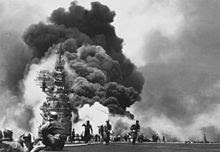 |
| USS Bunker Hill: Ogawa causes total destruction |
‘As a military pilot, there was no way to say no…. It was my duty. That night, all I thought about was my mission.’
His comrade-in-arms, Kiyoshi Ogawa, was rather more enthusiastic. He had been desperate to join the kamikaze squadron. Now, like Hamazono, he also set off for what was to be his final destination: the US fleet at Okinawa.
As he approached in his aircraft, Ogawa came under sustained anti-aircraft fire. But he kept flying directly towards his target, the American aircraft carrier USS Bunker Hill.
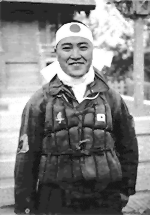 |
| Ogawa: untold destruction |
As he went into a steep dive, he dropped a 550-lb bomb. The warhead penetratedBunker Hill's flight deck and exploded, causing gasoline fires to flame up. These then set fire to the re-fuelled planes on deck, which promptly exploded.
Ogawa had just time to see the carnage he had caused before delivering his coup de grace, crashing his plane into the ship’s burning control tower.
 |
| The last goodbye: a cheery send-off |
There was utter devastation on board: the explosion killed many ofBunker Hill's pilots waiting inside the ‘ready room’, burning the oxygen and asphyxiating the men.
Hamazono was also intent on attacking the US fleet. But as he neared the ships, he noticed that a squadron of US fighters had been scrambled to meet him.
What followed was a dangerous 35-minute dogfight, with Hamazono trying to escape the American bullets and reach his target.
‘At the end of the dogfight, I could see them coming at me again from a long way off. I was certain that I would be killed in a matter of seconds. But as they got closer, they banked and flew off. I still can’t work out why they did that.’
 |
| Hamazono aged 81 |
Hamazono was by now flying an aircraft that was riddled with holes. He also had severe cuts and burns to both his face and hands.
As darkness was approaching, he decided to limp back to the Japanese mainland rather than press on with his attack.
‘I was burned all over and only had five of my teeth left.’ His mission was at an end. Hamazono was not selected for another kamikaze raid. The war was almost over and he had lost all desire to die inside his plane.
For many years after, he and the handful of other surviving kamikaze pilots had to live with the stigma of having survived a mission that ought to have claimed their lives.
‘They used to tell us that the last words of the pilots were: ‘Long Live the Emperor!’,’ says Hamazono. ‘But I am sure that was a lie. They cried out what I would have cried. They called for their mothers.’








